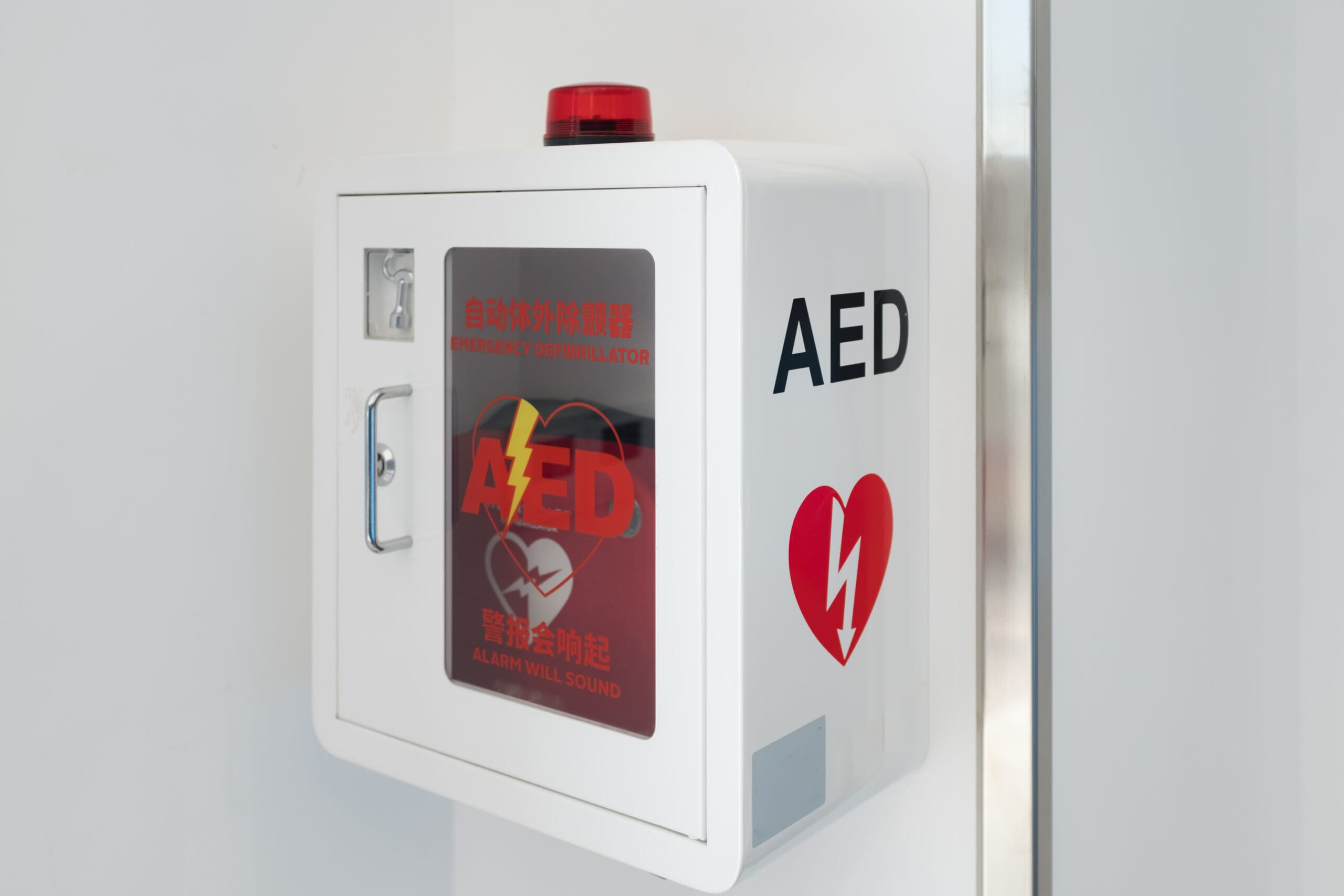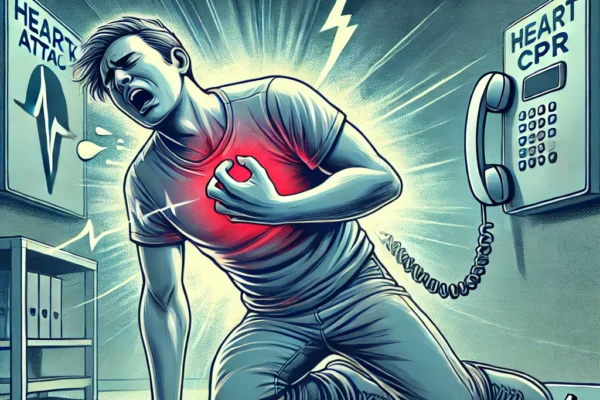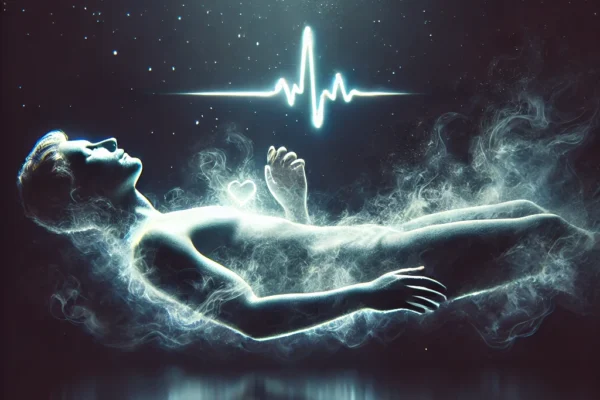When it comes to saving lives during sudden cardiac arrest, every second counts. CPR (Cardiopulmonary Resuscitation) is a critical skill that can help sustain life until professional help arrives. However, there’s another tool that can significantly boost survival rates—the Automated External Defibrillator (AED). Understanding how AEDs work and why they are crucial in combination with CPR can make a real difference in an emergency situation.
What is an AED?
An AED is a portable medical device designed to diagnose and treat life-threatening cardiac arrhythmias, specifically ventricular fibrillation and pulseless ventricular tachycardia. These conditions cause the heart to beat erratically, preventing it from effectively pumping blood. AEDs deliver an electric shock to the heart, which helps restore a normal rhythm.
The beauty of AEDs is that they are user-friendly. You don’t need medical training to operate one. The device provides step-by-step instructions, allowing anyone—bystanders included—to use it in an emergency. The AED even analyzes the victim’s heart rhythm and only delivers a shock if necessary, ensuring it won’t be used incorrectly.
Why AEDs Matter in CPR
While CPR helps maintain blood flow to the brain and other vital organs, it cannot restart a heart that’s experiencing a dangerous rhythm. That’s where an AED comes in. A shock from an AED can “reset” the heart, allowing it to return to a normal rhythm and resume its function. Combining CPR with the timely use of an AED dramatically increases the chances of survival.
Here’s why AEDs are so important in emergency situations:
1. AEDs Can Restore Heart Rhythms
In many cases of sudden cardiac arrest, the heart doesn’t stop completely but enters a chaotic rhythm. Chest compressions alone are not enough to correct this; the heart needs a controlled shock to reset. An AED is designed to detect these arrhythmias and deliver a shock to restore the heart’s rhythm. Without it, CPR alone may not be able to save the victim.
2. AEDs Are Easy to Use
Many people fear that they won’t know how to use an AED or that it will be complicated. This couldn’t be further from the truth! AEDs are designed to be used by anyone—even if you’ve never touched one before. The device talks you through the process, guiding you step by step on how to place the pads and when to press the button. Some models even assess whether a shock is necessary and only deliver one if needed, minimizing the chances of error.
3. The AED-CPR Combo Dramatically Improves Survival Rates
The combination of CPR and AED use is the most effective way to increase survival rates during sudden cardiac arrest. According to the American Heart Association (AHA), if an AED is used within the first few minutes of a cardiac arrest, the chances of survival can increase by as much as 70%. The key is using it as soon as possible—every minute without defibrillation reduces survival chances by 7-10%.
Performing CPR while someone retrieves the AED helps keep the blood flowing until the shock is delivered, increasing the likelihood of a positive outcome.
4. AEDs Are Readily Available in Public Spaces
Thanks to increased awareness of sudden cardiac arrest, AEDs are now commonly found in public places like schools, airports, gyms, shopping malls, and offices. These devices are often clearly marked and located in easy-to-access areas. The more readily available AEDs are, the quicker they can be used in an emergency, further improving survival odds.
Knowing where AEDs are located in your workplace or community can be a lifesaver. If you’re involved in an emergency, encourage someone to retrieve the nearest AED while you start CPR.
5. AEDs Give Victims the Best Possible Chance
Sudden cardiac arrest is one of the leading causes of death globally. Without quick intervention, it can be fatal within minutes. By combining CPR with the use of an AED, bystanders can provide the best possible chance of survival until paramedics arrive. Even if an AED is not immediately available, starting CPR quickly can buy precious time.
In many cases, individuals who receive early defibrillation through an AED have far better outcomes, including a higher likelihood of recovery without long-term damage.
How to Get Trained to Use an AED
The great thing about AEDs is that they don’t require special training to use. However, it’s always helpful to get familiar with the process. Many CPR training courses now include AED training, so you can feel confident in using both. By learning how to combine CPR with an AED, you’ll be fully prepared to respond in an emergency.
Organizations like the American Heart Association offer CPR and AED training courses. Whether you’re at work, home, or out in public, having these skills could make all the difference in saving someone’s life.
Conclusion
AEDs are a vital part of emergency response during sudden cardiac arrest. When paired with CPR, these devices can dramatically increase survival rates and improve outcomes for cardiac arrest victims. The next time you see an AED in your community, know that you’re looking at a powerful, lifesaving tool that anyone can use in an emergency. By learning how to use an AED alongside CPR, you can be prepared to save a life when every second counts.



